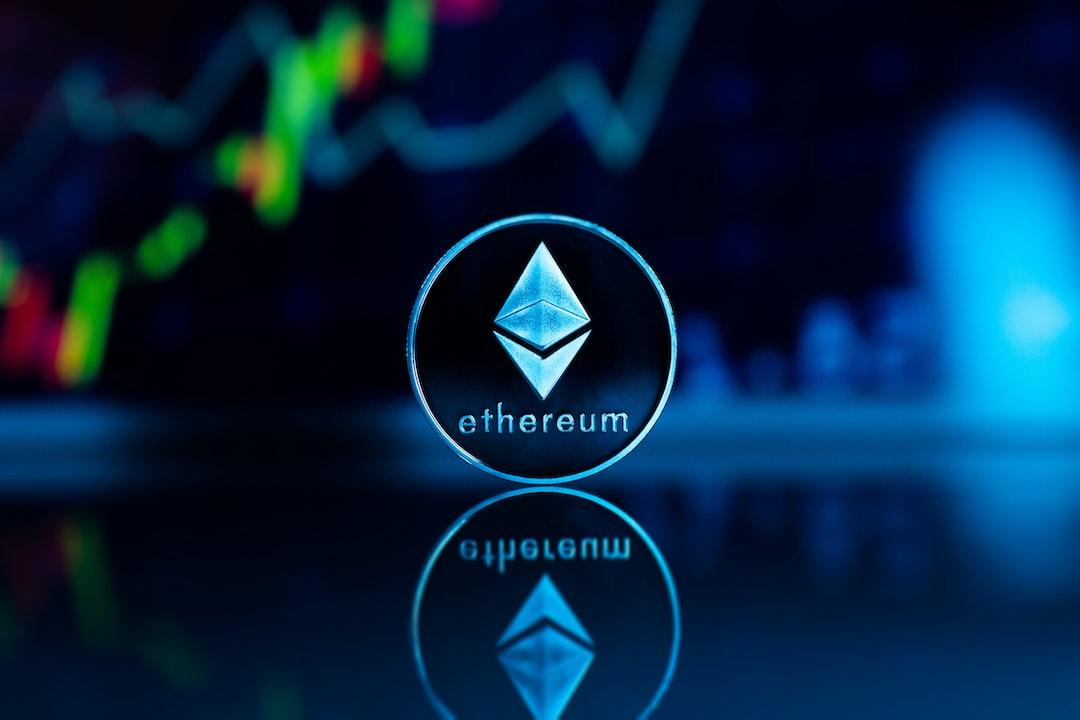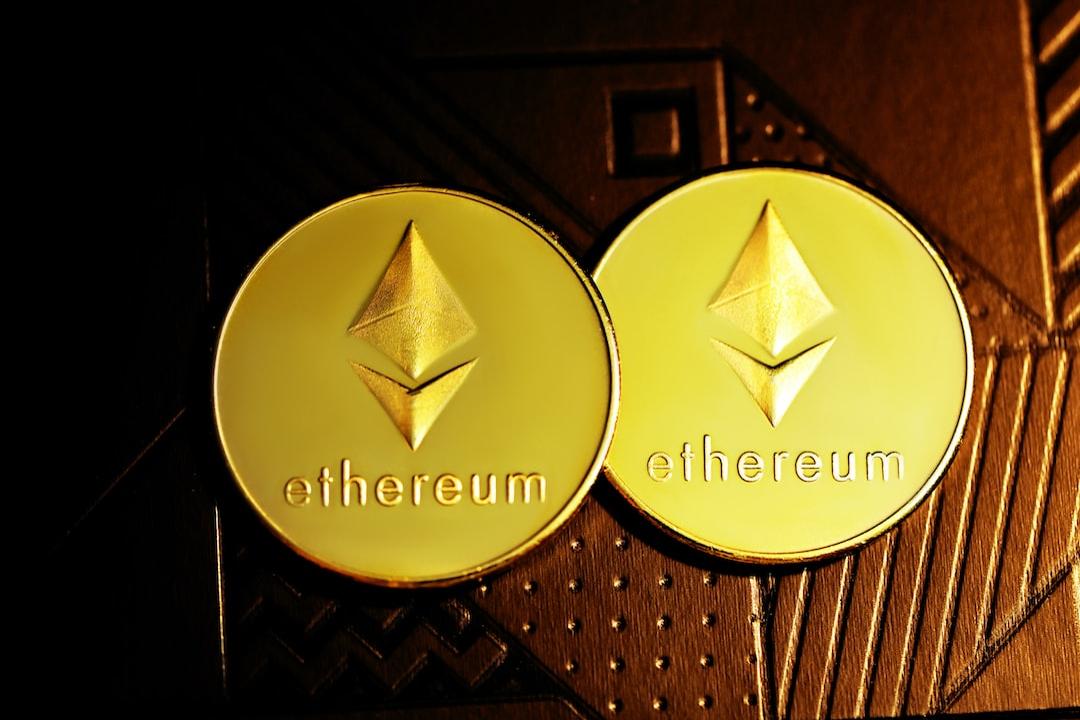Crypto, Distilled
Compiled by Deep Tide TechFlow
An assumption: it is now the fourth quarter of 2024, and the price of Bitcoin has reached $80,000. The season of altcoins has finally arrived. You may rely on your intuition to try to grasp the peak of the market. But is there a better way?
“Not being prepared is equivalent to preparing for failure.”

The Trap of Price Predictions
Relying solely on price targets to manage investments is a common mistake. These targets are often subjective, driven by emotions or influenced by social media. Accurately predicting prices and timing their changes is extremely difficult.

The Tactical Advantage of Mindset
Each market downturn and rally makes it increasingly difficult to maintain rational thinking. Your investment goals will constantly change, and you’ll be more prone to focusing only on information that supports your views, while ignoring other important signals, leading to confirmation bias. At the same time, your ability to maintain discipline during the investment process will gradually weaken. It becomes a battle within yourself, and as the amount of money and risk involved increases, this internal struggle becomes increasingly challenging.

The Power of Theme Investing
When it comes to investing, what other strategies are there besides relying solely on price and emotions? There are many options: market sentiment, technical indicators, or on-chain analysis. However, strategies centered around a specific investment theme or logic tend to be the most reliable.

Creating Investment Themes
An investment theme is a rational analysis and argument for the potential of a project within a specific time frame. This theme can consist of multiple factors and does not necessarily rely solely on price. A good investment theme should be testable, allowing investors to manage their investments precisely and flexibly through testing and adjustments.

The Rationality of Theme Investing
Theme investing has several notable advantages:
– It can expand with your growing investment portfolio.
– It eliminates the influence of emotions and market sentiment.
– It provides clear validation and negation criteria.
– It eliminates distractions from short-term price fluctuations.

Example 1
Suppose you have a positive view on a specific Layer 1 blockchain (L1). Instead of targeting its previous all-time high (ATH), you can focus on the following indicators:
– Total value locked (TVL)
– Trading volume
– Active wallet count
Furthermore, you can focus on relative indicators, such as market share or awareness.

Validation and Negation
Next, set validation criteria based on the key performance indicators (KPIs) you have chosen. This helps check whether the L1 is developing according to your predicted path or deviating from it. For example, you can use the growth of KPIs within 30 days as a basis for managing your investment theme.

Example 2
Consider a new project with AI agents. Instead of focusing on price, you can concentrate on the following key performance indicators (KPIs):
– Number of agent trades
Set a benchmark based on your belief, such as reaching 1 million on-chain transactions.

Whitepapers and Minimum Viable Products (MVPs)
When exploring lesser-known and volatile cryptocurrencies, many projects only have minimum viable products (MVPs) or even no actual products. In such cases, focus on the project’s roadmap milestones or benchmarks.

Navigating Events
Your investment theme may focus more on the execution of events rather than the growth of indicators. As they say, “buy the rumor, sell the news.” Sometimes, it is wiser to exit immediately after the date confirmation rather than waiting for the event to occur. Afterwards, set new indicators and form new investment themes.

Other Strategies:
Not suitable for complex theme investing strategies? Consider the following alternatives:
– Time-based strategies
– Fear and greed strategies
– Relative excess return strategies
Let’s delve into each strategy.

Time-Based Strategies:
Time-based strategies offer a simpler and more reliable approach. Consider selling a small portion of your investment portfolio every week or month. Adjust the timing and quantity of sales based on macro factors, liquidity, and your goals.

Fear and Greed Strategies:
Market sentiment fluctuates like ocean tides, pushing prices higher during periods of greed. The key to fear and greed strategies is to profit from these surges. In this strategy, consider a weighted dollar-cost averaging exit strategy based on fear and greed indices.

Relative Excess Return Strategies:
Imagine the market as a race, with each cryptocurrency as a speeding car. The focus is on identifying which car will accelerate faster relative to others. One way to profit is to sell at specific market cap (MC) ranks. For example, sell 10% when it reaches the 50th MC rank, sell another 20% at the 40th rank, and so on.

Summary
The cryptocurrency market is highly speculative, and investor emotions (such as fear and greed) often influence decision-making. In such cases, establishing a risk management system independent of price fluctuations can help investors feel more at ease and less concerned about the impact of short-term market volatility.
Successful investors usually prioritize investment themes based on in-depth research and analysis rather than engaging in short-term speculation. This approach helps them make more rational and sustainable investment decisions.
Tags:
Cryptocurrency
Altcoins
Market
Bitcoin
Risk management
Source link:
https://www.techflowpost.com/article/detail_18064.html
Note: The views expressed in this article are solely those of the author and do not constitute investment advice.
Original article link:
https://www.bitpush.news/articles/6802578
Related news:
What is the outlook for Ethereum ETF and its impact on the market: the “altcoin frenzy” under regulatory compliance?
Trump enters the game designed by Satoshi Nakamoto’s “inverse prisoner’s dilemma”
[Daily Market Update] Market Digests ETF Positive News, $3800 may be a key level for ETH
Cycle Capital: FIT21 bill is one step closer to becoming law, with ETH ETF approval imminent, what expectations does the derivatives market have?
Is the Ethereum ETF about to be launched? Observing the game between Wall Street and the SEC


